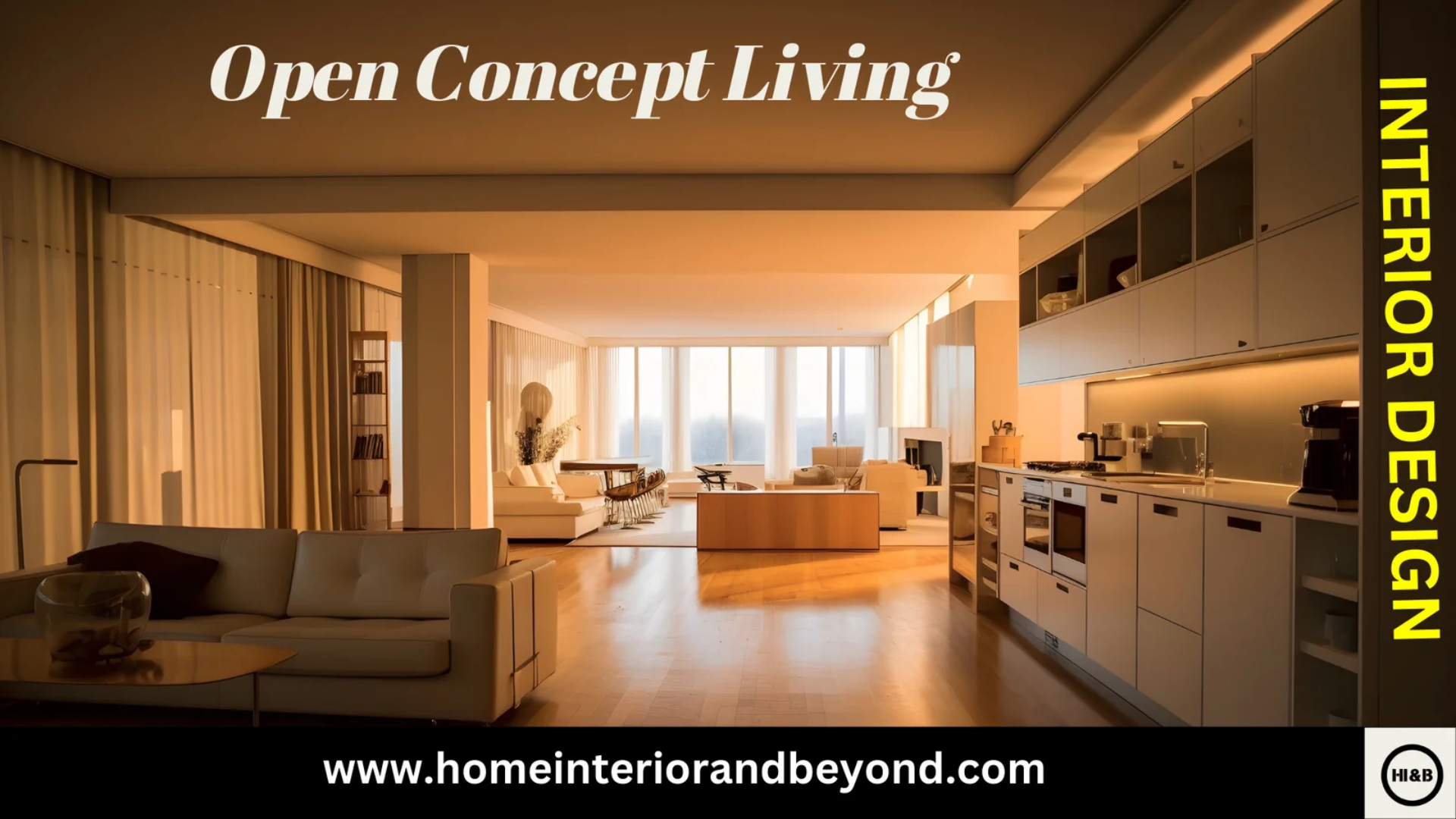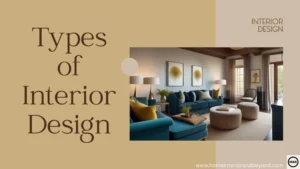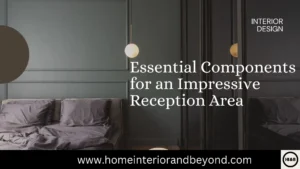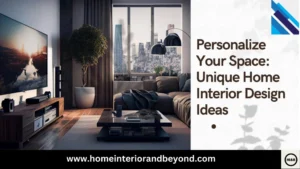Open-concept living is increasingly becoming the preferred choice for homeowners seeking expansive, uninterrupted spaces. This design trend involves removing walls that separate common areas like the kitchen, living room, and dining room design. To achieve a harmonious environment, it’s essential to strike a balance between openness and coziness. However, maintaining functionality in an open-concept layout can be challenging, as each area needs to adapt beyond its traditional role.
Creating Defined Zones in Open-Concept Living
Perhaps the best way to manage open-concept living is by creating defined zones. In a fully open-concept living space, walls do not necessarily separate these spaces; they can be created alternately with furniture, rugs, or lighting. For instance, you could simply separate the living and dining spaces by placing a sofa between them and create defined areas by using different lighting fixtures in each area of the space to signify the functions.
Incorporating multi-functional furniture
In an open-concept living space, multi-function furniture is essential. Extendable dining tables that can function as desks, storage ottomans, and modular sofas allow your space to perform many functions without crowding it. Flexibility is the trick for open-concept living; multi-function furniture will help you maintain functionality with exciting fluidity of design.
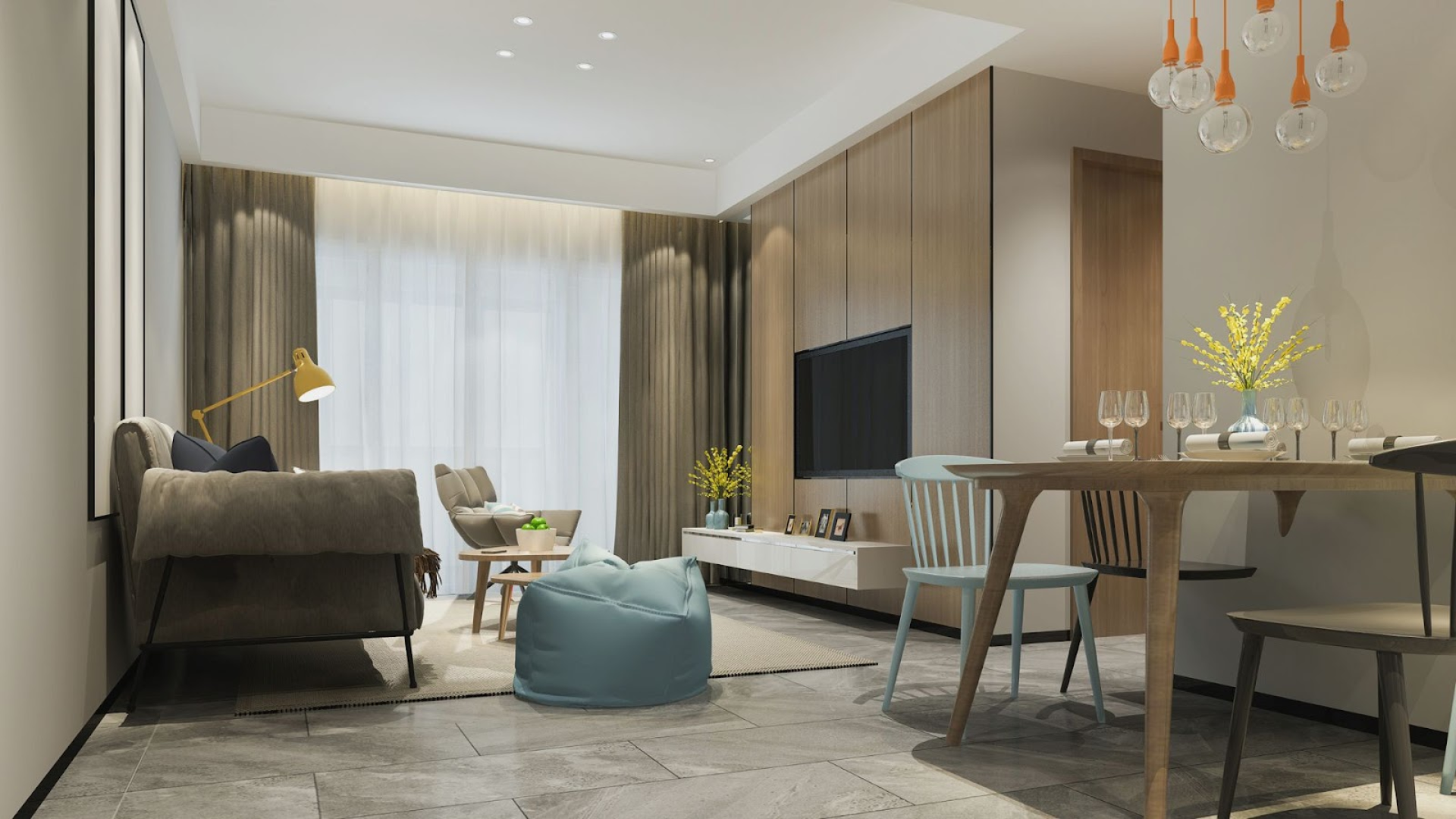
Using color and texture that defines areas.
Open-concept Living doesn’t mean that you have to lose your individuality between spaces. Separate them visually with different color schemes and textures so, for example, painting the kitchen walls pale neutral and the living area bold accent walls introduces depth and personality. Even the texture that adds an interesting mix of wood, metal, and fabrics can create contrast and establish the personality of each section.
Smart Storage Solution for the Open-Concept Home
The issue of open-concept living is that everything stays open, or at least, free of clutter. When everything stands before your eyes, smart storage becomes the real key. Consider built-in shelving and under-sofa storage or some wall-mounted cabinets holding those everyday things from view but at easy reach. Keeping a space clean and organized can even make flow better, thus making sure that the space stays functional and fashionable.
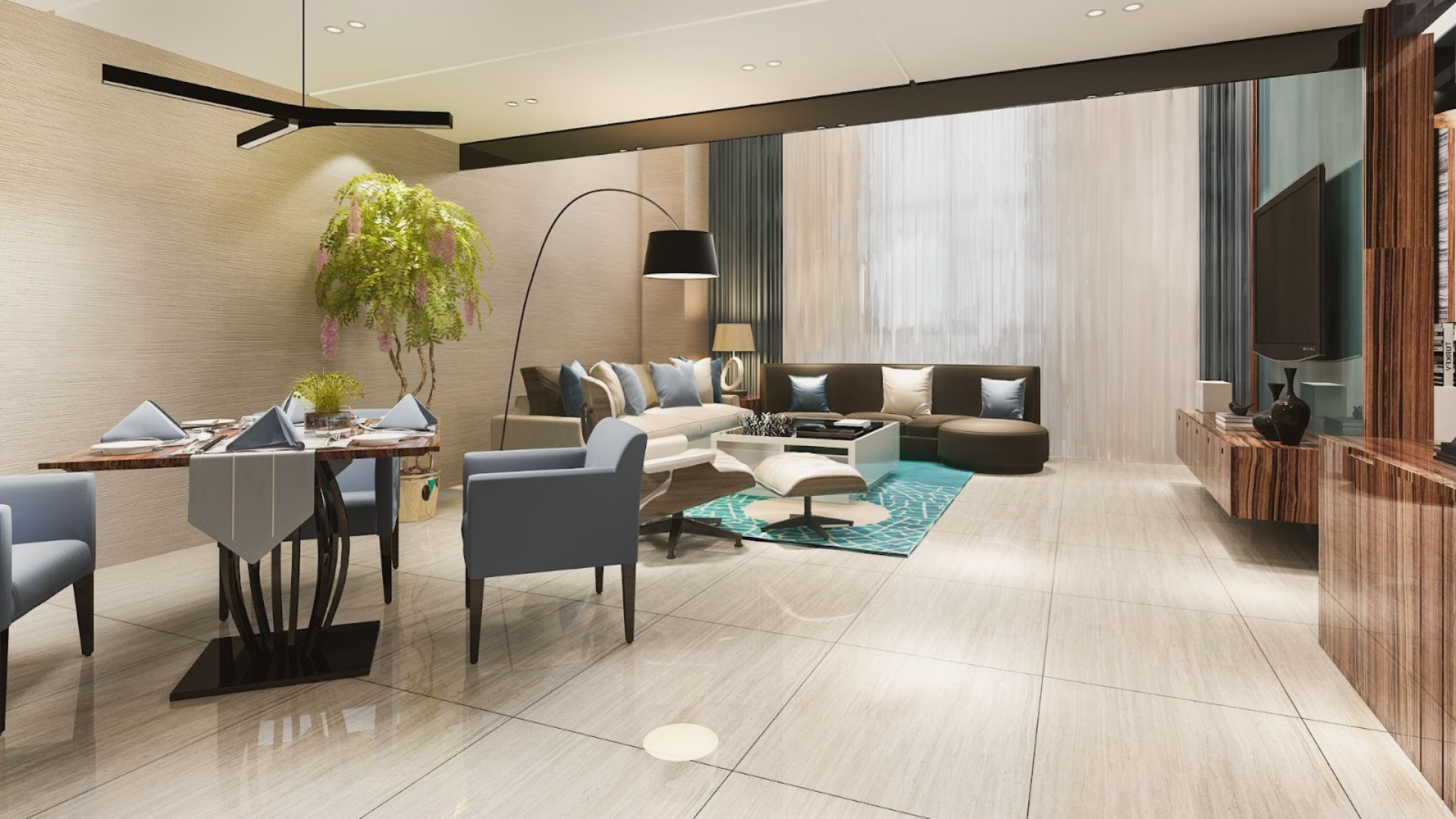
Conclusion
Open concept living allows the freedom of creating new living spaces that are generous to each other with interaction flow, thereby forming proper zoning, multifunctional furniture, innovative color and texture usage, and smart storage solutions designs. All these come together to help make the open-plan living space not only practical but maximize aesthetic appeal.
FAQ
What is open-concept living?
Open-plan living means knocking down walls that would separate a dining room design, a kitchen design, and a living area design. Therefore, it produces a more fluid space with less definition between areas.
How can functionality be maintained within the open-plan space?
Define different areas using furniture placement, lighting, rugs, and color schemes. Secondly, the use of multi-functional furniture, smart storage solutions, and the amount of storage. This helps to keep the room organized and efficient.
What are the drawbacks of a completely open life?
The big con of keeping the space tidy and clutter-free is that basically, everything is open. Brainy storage and discerning furniture choices can conquer this con and keep the look warm and inviting for a partially open floor plan.
With these suggestions, you will be able to develop a functional and aesthetic. And pleasing space in a living area that is opened with form and function.
How can I make a space private using an open-concept living?
Use room dividers, folding screens, or curtains to create a sense of separation. Or you can use tall bookshelves or sectionals as partitions without losing the open feel.
Open plan: can it be effective in small spaces?
Of course, open-concept living can even make a small room appear more spacious and airy. The elimination of unnecessary partitions and smart decisions in furniture arrangements can maximize the square footage to make a space seem bigger

